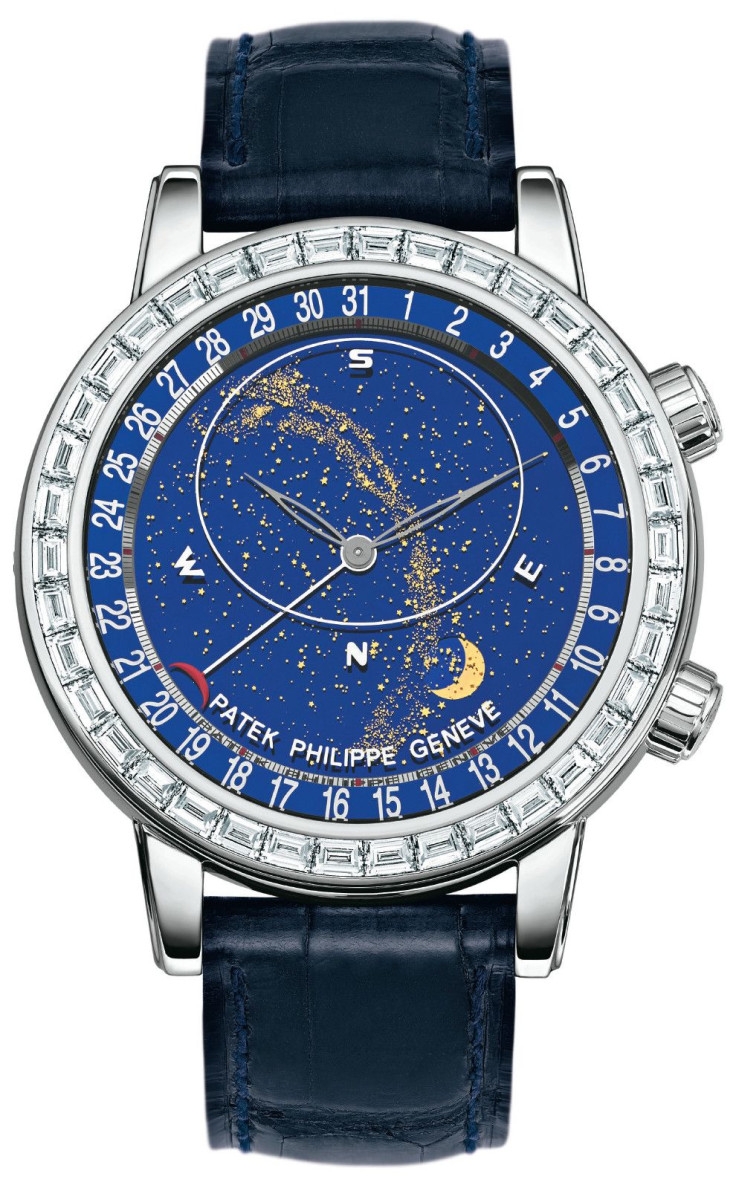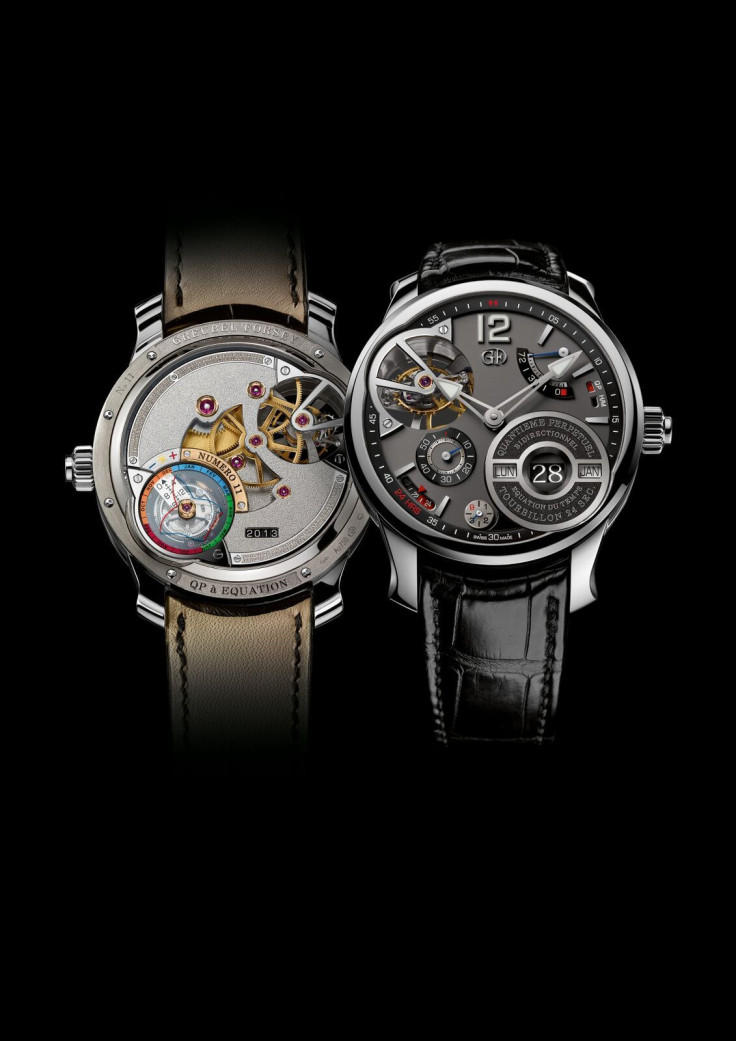Astronomical Watches Link Horology And Astronomy
Sponsored content from Modern Luxury
Astronomical watches are in the midst of a triumphant return. Over the last few years, brands have introduced an increasing number of watches equipped with sky maps, miniature planets, indications of sunrise and sunset times, equations of time and other functions that sometimes result in quite spectacular dials — especially when it comes to wristwatches.
The reason these astronomical pieces are back in the spotlight is not simply due to their technical achievements, or the fact that they offer scope for exploring a territory less crowded than those of the tourbillon, perpetual calendar and other traditional complications. It is also because they blend technique and poetry, by reminding us that our conception of time (even as we now measure it, using the periods of radiation of the cesium atom) remains intimately tied to the movement of the heavenly bodies that move ceaselessly above our heads. After all, horology is a close direct descendant of astronomy…

Brief History of Astronomical Watches
The sun was our first clock. By rising up from the horizon, crossing the expanse of sky, then plunging again into the shadows, it provided us with our first way to divide time: into day and night. The highest point of its journey marks midday, and the variations in the length of day and night, as well as the return of the seasons, solstices and equinoxes, allowed humans to establish the cycle of the year.
Very quickly, people also noticed that other celestial phenomena also repeated according to a beautifully regular schedule. The lunar cycle, for instance, at roughly 29.5 days, led to our notion of a month. The apparent movement of the stars is another example, with constellations that seemed to move through the night sky and slowly changed position over the year.
As evidence of this attention to the heavens, around 5000 BC large monuments were built whose positioning seems to be closely related to the observation of the movements of the sun and other stars, such as Stonehenge’s famous megaliths. Various instruments designed to observe or reproduce the movement of the planets were developed over the course of millennia and dedicated to the service of religion or agriculture.

In the Middle Ages, Arab scholars built upon ancient knowledge and continued astronomical research, while perfecting very refined mechanisms that were generally powered by hydraulic energy. On the other side of the world, the Chinese also stood out for their development of highly complex machines—such as the famous hydraulic clock created by Su Song (1086), topped by an “armillary sphere” representing the orbits of the sun, the moon and certain stars as seen from Earth.
The birth of mechanical horology in Europe maintained this close relationship with astronomy. The famous Astrarium by Giovanni de Dondi (1364), displayed on seven dials the movements of the heavenly bodies known at that time (sun, moon, Mars, Mercury, Jupiter, Venus and Saturn), notably complemented by the sunrise and sunset times.

The large, monumental clocks also gave pride of place to astronomical displays—well before the appearance of minute and second hands. The famous clock on Prague’s Old Town City Hall (1410), for example, possesses a dial with an astrolabe notably displaying the length of day and night, solar time, sidereal time, the signs of the Zodiac and the apparent movements of the sun and moon.
The first portable clocks, as well as the first pocket watches of the Renaissance era, also provided various indications relating to the planets, constellations and the Zodiac—this was a time during which astronomy still went hand in hand with astrology and when any important decision would be inconceivable without having first “consulted the stars.”
Starting in the 18th century, timepieces began to display new astronomical indications of a more scientific character, such as the equation of time, sunrise and sunset times, star maps, planetary indications or the hours of the tides.

Since then, astronomical displays—less important than previously in everyday life—have effectively become the domain of ultra-complicated watches, used as demonstrations of horological expertise.
With the renaissance of mechanical horology at the end of the 1980s, watchmakers’ attention, as well as that of the public, was first drawn by other complications, such as tourbillons, perpetual calendars or chronographs.
However, over the last few years, astronomical displays — especially the moonphase — have made a triumphant return, both among the big groups and the independent watchmakers. Appearing on more and more wristwatches, they allow watch designers to create often quite spectacular pieces that hearken back to the longstanding relationship between horology and the observation of the skies.











